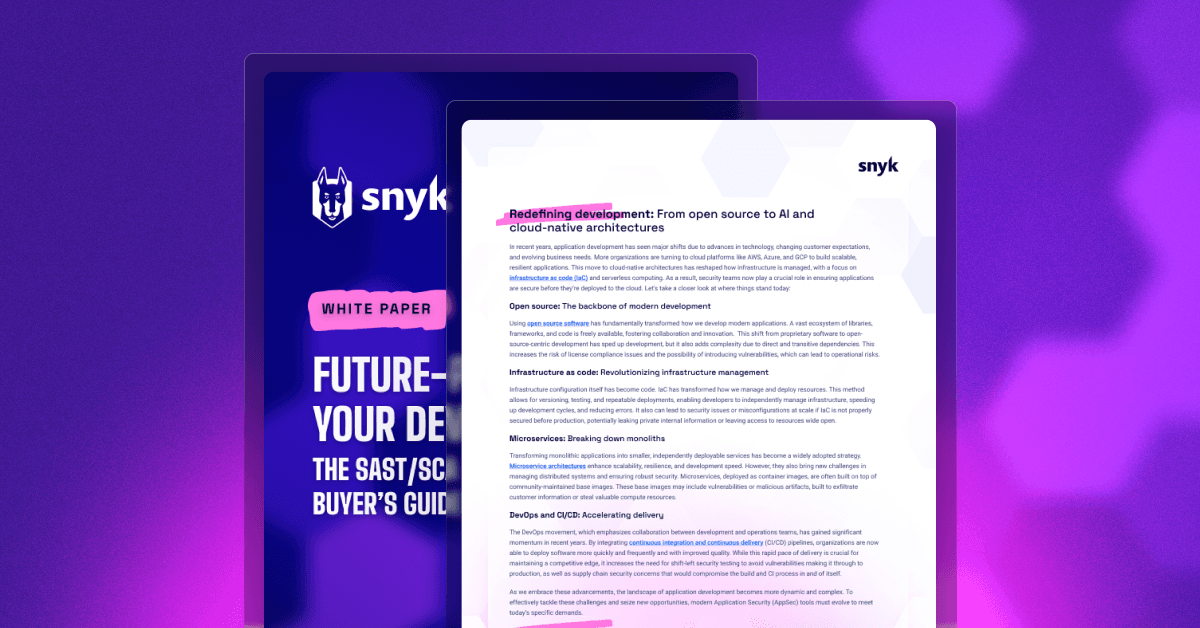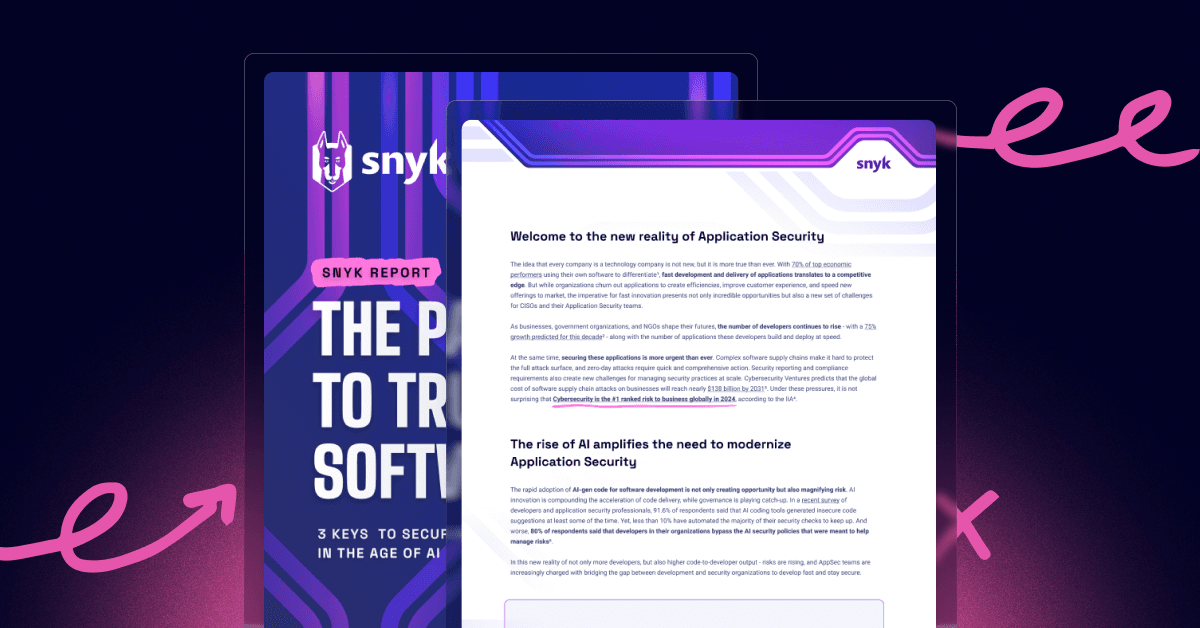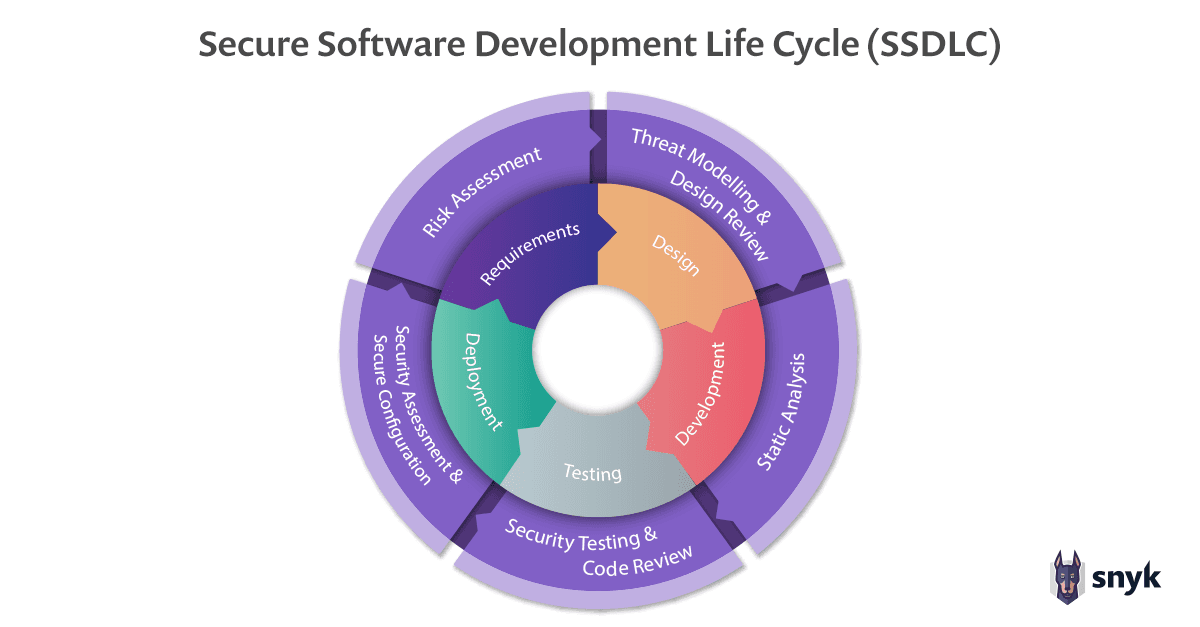
Showing 1 - 12 of 265 resources
Article
OpenCart vulnerability research (v4.0.2.3/3.0.3.9)
Discover the security vulnerabilities in OpenCart's admin and customer functionalities, including XSS, Zip Slip, and SQL Injection exploits. Learn how these flaws impact e-commerce systems and how attackers can exploit them for remote code execution.












